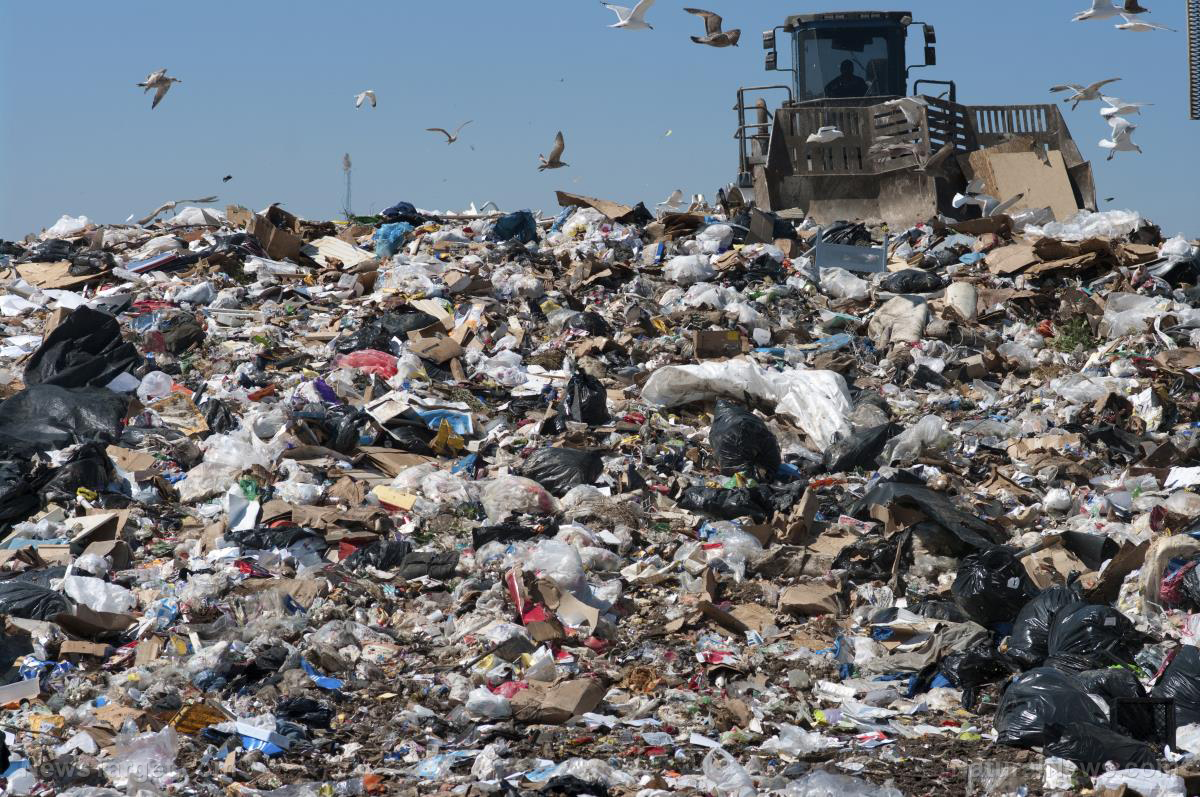The end of plastic landfill? Researchers discover caterpillar that eats plastic; it’s called a “wax worm”
05/01/2017 / By Russel Davis

Plastic-eating caterpillars known as “wax worms” may one day help reduce the global pollution crisis, a study revealed. Prior to the study, an amateur beekeeper was cleaning her hives and placed the parasitic wax worms in a plastic bag, only to find out that the caterpillars were able to make holes in the plastic. As part of the study, a team of researchers from the Cambridge University in the U.K. and the Institute of Biomedicine and Biotechnology of Cantabria in Spain examined 100 wax worms that were let loose on a plastic bag. The research team noted that holes started appearing in the plastic after a 40-minute mark. The study also revealed that the worms consumed as much as 92 mg of plastic after 12 hours. In comparison, previous research on bacteria showed that the microbes were only able to eliminate 0.13 mg of plastic in 24 hours.
Data from a spectroscopic analysis also showed that chemical bonds present in plastic started to degrade when exposed to the caterpillars. The study also revealed that the insects were able to convert polyethylene into ethylene glycoll. The researchers inferred that the mechanism might be similar to how wax worms digest beeswax.
“It’s extremely, extremely exciting because breaking down plastic has proved so challenging. If a single enzyme is responsible for this chemical process, its reproduction on a large scale using biotechnological methods should be achievable,” said researcher Paolo Bombelli in an article in Telegraph.co.uk.
However, researchers stressed that while the findings may show potential in plastic management, people should not deliberately dispose polyethylene.
“We have found that the larva of a common insect, Galleria mellonella, is able to biodegrade one of the toughest, most resilient, and most used plastics: polyethylene…We are planning to implement this finding into a viable way to get rid of plastic waste, working towards a solution to save our oceans, rivers, and all the environment from the unavoidable consequences of plastic accumulation. However, we should not feel justified to dump polyethylene deliberately in our environment just because we now know how to bio-degrade it,” researcher Federica Bertocchini noted in a separate article in ScienceDaily.com.
The findings were published in the journal Current Biology.
Implications in global plastic management
The results of the recent study shows potential in addressing the current global plastic pollution. According to a 2015 report by the Worldwatch Institute, global plastic production showed a steady increase for more than 50 years.
The organization reported that about 299 million tons of plastics were manufactured in 2013, marking a four percent increase compared with 2012. Data also showed that an average person residing in Western Europe or North America consumes 100 kilograms of plastic annually. In contrast, people living in Asia consume only 20 kilograms of plastic per person. The organization also stressed that current recovery and recycling initiatives remain insufficient to address plastic pollution.
A 2012 report by the Global Industry Analysts also revealed that the global plastic consumption was 297.5 million tons at the end of 2015. In addition, the United Nations Environmental Program noted that 22 percent to 43 percent of plastics consumed globally were disposed in landfills. Furthermore, 10 to 20 million tons of plastic get washed up in the oceans annually.
A 2015 study showed that eight million metric tons of plastic end up in the oceans. Another study also revealed that 5.25 trillion plastic particles were found to be floating in the world’s oceans, with a collective weight of up to 268,940 tons. These particles led to an estimated annual economic loss of $13 billion due in part to damages in marine ecosystems. The United Nations Joint Group of Experts on the Scientific Aspects of Marine Pollution also confirmed that land-based sources accounted for up to 80 percent of the global marine pollution.
Understand how you affect the planet and how you can take better care of it by reading the articles at GreenLivingNews.com.
Sources include:
RECENT NEWS & ARTICLES
COPYRIGHT © 2017 ENVIRON NEWS




















